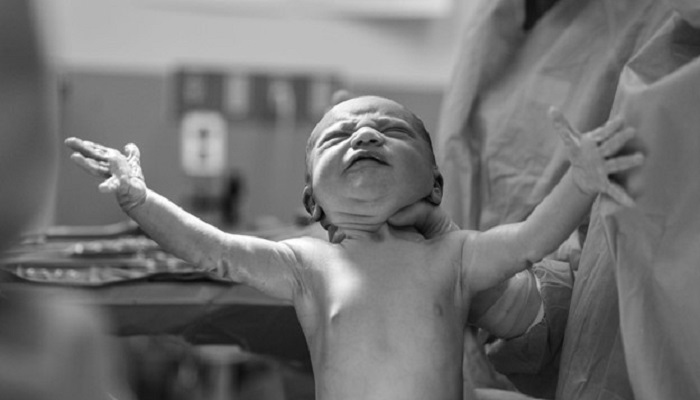Parenting can be difficult, and being pregnant can be daunting as well. The physical boundaries of both the mother and the child are frequently pushed during childbirth, which is physically demanding and traumatic. Therefore we must ensure that we have a thorough understanding of what causes birth defects to prevent these health issues and ‘the’ questions of ‘why did this happen?’ You will have additional questions and confusion about what happened during your pregnancy.┬Ā
If you’re plagued by suspicions and questions about your delivery, seeking a birth injury lawsuit can be your greatest option. Determining a birth injury is a difficult task. In many cases, the harm to your baby may not become apparent for months or even years after delivery.┬Ā
However, parents and medical professionals should watch out for several early indications of labor. You can also educate yourself to keep a check on the developments, be they physically, mentally, or emotionally, your child may undergo in the future. If you’re on the right page, continue scrolling!
Bruising On A Newborn Child
Bruising is also called forceps marks. You might not even notice your newborn infant has bruises when you bring them home from the hospital for a few days.┬Ā
As a result of the trauma of traveling through the birth canal and coming into contact with the mother’s pelvic bones and tissues, some babies may show indications of bruising on the face or skull. The baby’s face and head may sustain transient bruising or markings from the forceps used during delivery. Vacuum-extracted babies may have some scalp bruises or a scalp cut or laceration.
Facial Paralysis
Pressure on a baby’s face during labor or delivery may harm the facial nerve. When forceps are used during delivery, this could also happen. When the baby cries, the injury is frequently visible. The injured side of the face is immobile, and the wounded eye cannot be closed. The paralysis typically improves in a few weeks if the nerve is damaged. Surgery can be required if the nerve has been torn.
Area of Bleeding Between The Skull Bone And Its Fibrous Covering or Cephalohematomas
There is a bleeding spot between the skull bone and its fibrous covering. It frequently manifests as a raised bump on the infant’s skull many hours after birth.┬Ā
The body eventually reabsorbs the blood. Depending on their size, most cephalohematomas take two to three months to disappear completely. Some infants may experience jaundice if the bleeding is extensive because the red blood cells degrade over time.
Fractures
The most frequent fracture during labor and delivery is a gap in the clavicle or collarbone. The clavicle may break when the baby’s shoulder is difficult to deliver or if the baby is born breech. Rarely does a newborn with a fractured collarbone move the arm opposite the break.┬Ā
But recovery happens soon. In the first ten days, a hard bump on the clavicle frequently appears due to the formation of new bone. If the fracture hurts, using a soft bandage or splint to restrict movement in the arm and shoulder may be beneficial.


















